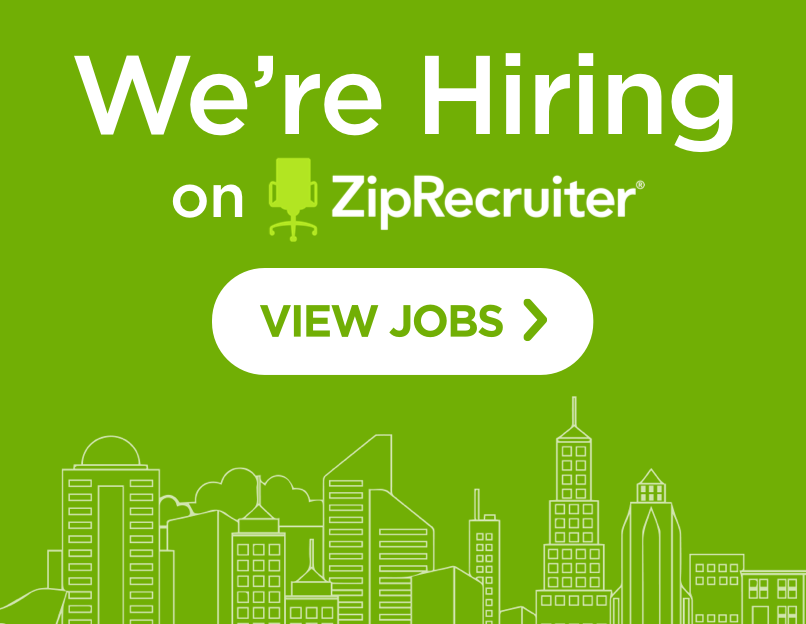Law firms face immense pressure to adapt and evolve in our rapidly changing world. A critical component of successfully managing change is attracting top new talent into the firm.
As the legal industry evolves, firms must bring in employees with the skills and mindsets necessary to adapt to new technologies, work practices, and client demands. A law firm will stagnate without a steady pipeline of bright, motivated professionals.
There are several key factors firms must get right to become an attractive destination for up-and-coming lawyers:
Building a Reputation for “The Best Place to Work”
The first and most obvious is establishing a reputation as an excellent place to work. Competitive compensation and benefits are a must, but beyond that, building a collaborative, stimulating culture makes a huge impact. Young lawyers want mentorship, interesting work, and opportunities to grow their skills. They want to feel valued and know their contributions matter. Regular training, social events, flexible schedules, and transparency around career paths are all pieces of the puzzle. Policies that let employees feel genuinely supported and able to thrive make a firm attractive. If the environment feels stale or limiting, ambitious talent will look elsewhere.
Opportunities for Advancement
Providing clear advancement opportunities is equally crucial. Firms should provide clear paths for career advancement. Talented employees want to develop new skills and take on challenges. Mentorship and training programs allow less experienced lawyers to gain expertise.
Merit-based promotions, rather than seniority alone, give employees incentives to excel, while rotation programs that let lawyers gain experience across different practice areas, different partners, and senior staff keep things interesting. Leadership development prepares top performers to move into managing roles. Outlining how employees can progress makes a firm appealing.
A strong promotion track and examples of successful internal mobility keep talent engaged. They see a place for themselves in the firm’s future.
Leverage Technology
Leveraging technology is also vital to attracting younger lawyers. This generation expects seamless digital systems, automation for routine tasks, remote work capabilities, and data-driven insights. Adopting the latest legal technologies is an important element for appealing to new talent. Tech-savvy employees want to work with modern tools and innovations like data analytics, AI document review, and cloud-based platforms. They bring fresh ideas about how technology will help the firm work faster and more efficiently. Investing in these solutions shows candidates that the firm is an exciting place for forward-thinking talent to build their skills. It also shows a commitment to improvement.
Flexibility and Remote Work Options
Since COVID, many professionals expect and demand more leeway in when and where they work. Accommodating hybrid or remote schedules, providing portable tech tools, and measuring output rather than face time all help meet these changing expectations. Employees appreciate being able to adjust hours as needed to accommodate their lives outside work. Telecommuting some or all days saves them time and avoids office distractions. Videoconferencing, collaboration platforms, and cloud-based applications make working remotely efficient. Flexibility demonstrates the firm values employees’ well-being and productivity over rigid in-office requirements.
Open Communication Channels
Clear, transparent communication cannot be overlooked. Young professionals want to understand their role, have a say in decisions affecting them, and feel heard by their leadership. Firms should frequently update employees on goals, strategies, and initiatives, and firm leaders should listen to ideas and input. Transparency around policies and decision-making helps create trust.
Open communication makes employees feel respected and involved. Firms that share information, seek input, embrace new ideas, and foster two-way dialogue will earn trust and loyalty.
Taking these steps to become a “talent magnet” better positions firms to embrace change. New hires bring fresh energy and perspective that fuels innovation. Building a workplace with competitive pay, strong culture, advancement opportunities, modern technology, flexibility, and open communication is crucial to attracting new talent.
Firms that fail to adapt on these fronts will be left behind. Without fresh talent and emerging leaders, change management flounders. That is why making your firm talent-friendly must be a strategic priority. Listen to young lawyers’ needs and be willing to evolve old models. Investing in people ultimately pays dividends through engaged, productive teams poised to drive innovation and growth. The future rests on attracting and empowering the next generation.


